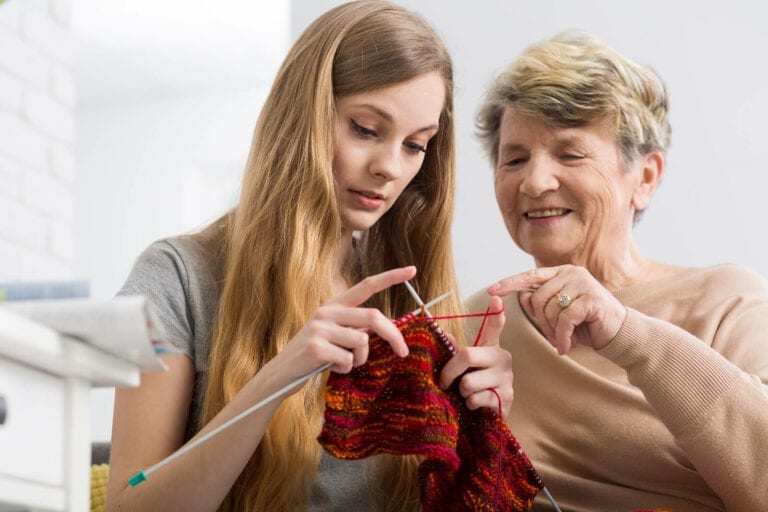Wondering what are the 4 stages of Pneumonia? You have landed the right blog. As a life-threatening lung infection, pneumonia can be deadly.
Typically, people with Pneumonia start recovering after the treatment, but sometimes if treated not properly, it can be very severe and even deadly.
Pneumonia is the only infectious disease to make the top 10 list of causes of death in the United States.
Older adults and young children are more likely to catch Pneumonia. A weak immune system or serious medical problems like diabetes or cirrhosis are among the leading causes of Pneumonia.
However, it becomes easier to detect and treat a disease if you are aware of the way it grows. The same goes for Pneumonia.
Getting to know about the different stages of Pneumonia is important because it will give you an idea of the severity of the disease, and thus, you can seek medical help at the right time.
What are the 4 stages of Pneumonia? How to treat it well? Just read on to explore all about it.
What is Pneumonia?
When a person contracts pneumonia, their lungs become infected with bacteria, fungi, or viruses. This implies that a wide range of illnesses is capable of causing pneumonia.
Nevertheless, viral or bacterial infections may be the more frequent causes of pneumonia.
The severity of the illness and the initial cause of the infection have a significant impact on the symptoms of pneumonia.
As pneumonia targets the respiratory system, for some individuals, it may appear to be a serious condition of the flu or cold.
However, in more extreme circumstances, it can impair breathing, chronically harming a person’s lungs, and ultimately result in death.
Because of their weakened immune systems, newborns, young children, and those 65 years of age and older are particularly vulnerable to 4 stages of pneumonia.
This suggests that the infection has a high risk of causing harm and more serious complications.
Pneumonia is the biggest cause of infection-related death in children, as stated by the World Health Organization (WHO).
Pneumonia claimed the lives of 740 180 children under the age of five in 2019, amounting to 14% of all pediatric fatalities but 22% of all fatalities in children from one to five.
Children and families worldwide are affected by pneumonia, but South Asia and sub-Saharan Africa have the greatest death rates.
Pneumonia can be averted in children, treated with affordable, low-tech medicine, and prevented with basic treatments.
Let’s move on to know what are the 4 stages of Pneumonia.
4 Must-Know Stages of Pneumonia
The following are the 4 stages of Pneumonia:
1. Congestion Stage
The congestion stage typically starts during the first 24 hours of contracting pneumonia. The body will experience vascular engorgement during this period.
This is a reference to the circulatory system’s organs bulging.
This involves the capillaries and lungs becoming extremely red, bloated, and clogged.
As a result, the infection moves from this area of the lungs to the hilum and pleura.
The patient needs to breathe in more deeply than usual during the congestion stage due to coughing and breathing difficulties.
2. Red Hepatization Stage
The second or third day following the congestion stage is when the red hepatization stage begins.
The lungs, at this point, are crimson and empty of air.
They could look similar to your liver.
Alveolar capillaries swell with blood, and vascular engorgement continues and occasionally gets worse.
White and red blood cells from the patients, together with any cellular waste, may obstruct the alveoli and the airways, amplifying the symptoms and spreading the bacteria.
You may suffer an intensifying persistent cough, difficulty breathing, acute exhaustion, muscle pains, fever, and chills as a result of this inflammatory reaction.
3. Gray Hepatization Stage
The gray hepatization stage, which follows the red hepatization stage, might start on the fourth to the sixth day.
As the blood cells within or around the lungs start to break down, the lungs start to look gray or brown.
As the material around the lungs’ airways and air sacs become more fluid-like, the lung damage increases.
4. Resolution Stage
The resolution stage, which lasts from the seventh to the tenth day, begins when the lungs and other damaged body parts fully recover as a result of enzymatic digestion.
The resorption of deposited cellular waste and fluid causes this to happen.
The alveoli and airways are subsequently repaired as a result. During this phase, scar tissue growth is a possibility.
The primary clinical symptoms and indications go away, but your cough may still be severe.
This is the body’s effort to empty the lungs’ air sacs.
The lungs often regain their normal airways and function.
Chronic lung illness, though, may result if any oedema, lung abscess, scar tissue, or pleural adhesions persist.
Symptoms of Pneumonia
Pneumonia has a variety of symptoms depending on the microbiological cause. Some of the most common symptoms of Pneumonia are:
- Cough
- Fever
- Chills
- Chest pain
- Difficulty in breathing
There are various degrees of severity associated with pneumonia, ranging from mild to life-threatening.
In addition to those with other health problems or weakened immune systems, children younger than 2 years old and older adults over 65 are at higher risk of contracting pneumonia.
It is possible for pneumonia to become a life-threatening disease in these vulnerable groups within a short period of time.
Final Thoughts
Now that you are aware of what are the four stages of pneumonia, you now have a better knowledge of what happens in your lungs when you have pneumonia.
The most crucial thing to keep in mind is that pneumonia, particularly in disadvantaged groups, can be fatal if ignored.
If you experience chest pain, a strong cough that won’t stop, a fever, or any of these symptoms, you must visit a doctor every once.
Additionally, if you unexpectedly start to feel worse after a cold or the flu, make sure to notify your doctor.
If you or your close ones are suffering from Pneumonia and you need constant care, contact From The Heart Home Care so that you may avail of a medical care service at your home.
Home Care Near Me. Let’s Get Started!
Get Immediate Help with Information, Costs & Payment Options.






